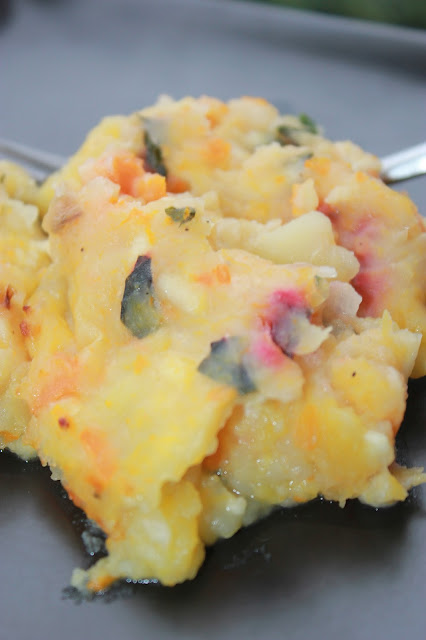Apple. Almond. Autumn. And the soothing comfort of custard along with a bit of spice. This layered tart appeals to both the eye and tastebuds: a buttery crust with plucky, steep edges filled with ground almonds and apples slices, topped with a creamy garniture, and dusted with cinnamon.
Ingredients
For a 23 cm tart which gives 6 servings
- Apple, large, 1 (a Granny Smith apple worked well in mine)
- Almond meal (I prefer non-blanched for its texture, robust flavour, and its colour, but blanched will do), 75 g
- Eggs, 2
- Sugar, 5 T
- Cornstarch, 1 T
- Crème fraîche, 200 ml
- Cinnamon to dust
- Shortcrust pastry, all-butter, for a 9-inch tart pan, either homemade (see below) or store-bought
Ingredients for shortcrust pastry
- Flour, white, 215 g
- Salt 1/4 tsp
- Butter, sweet, cold, 108 g
- Water, ice-cold, 3 to 6 T depending on age of flour
Preheat oven to 180 degrees C. If making the pastry, cut the butter in small pieces and add to the flour and salt. Work with your fingertips until you get the texture of coarse sand which takes several minutes. Add tablespoon by tablespoon of water until you can press the dough into a ball. Knead lightly about five times. Reserve in fridge while making the garniture. Whisk well the eggs, sugar, cornstarch, and crème fraîche.
Roll out the dough and carefully fit inside the tart pan.
With a knife scrape the lip of the pan clean of dough. The scraps can be frozen for future use.
Spread almond meal on the pastry.
Slice the apple in quarters. Core, peel, and slice thinly. Arrange a single layer on the almond meal.
Pour the liquid mixture over the apples.
Bake for thirty minutes. Dust with cinnamon. Let cool for ten minutes. Slice into six portions and reassemble them on a serving platter.
It's best served either warm or at room temperature.
Each bite was scrumptious!
À la prochaine!






















































